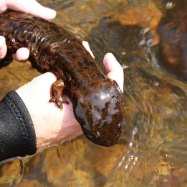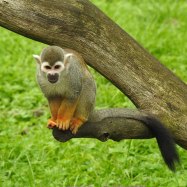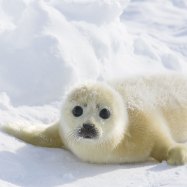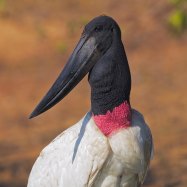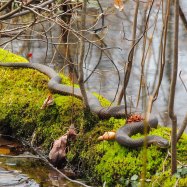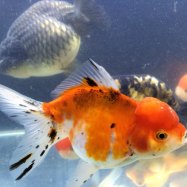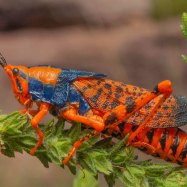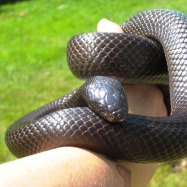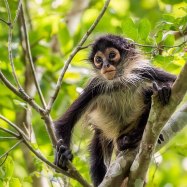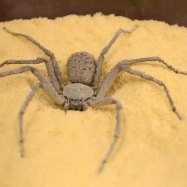
Vulture
Varies depending on species, ranging from 50 to 80 inches
Vultures are large and heavy-bodied birds of prey from the Cathartidae family. With a wingspan ranging from 50 to 80 inches, they can be found in various locations around the world. These graceful creatures play a vital role in our ecosystem by scavenging on carrion and keeping our environment clean. Despite their sometimes intimidating appearance, these majestic animals are an important part of our natural world. #Vultures #Animals #Nature
Animal Details Summary:
Common Name: Vulture
Kingdom: Animalia
Habitat: Varies depending on species - open areas, forests, savannahs
The Vulture: Nature's Unsung Cleaner
The vulture, also known as Cathartidae, is a mysterious and misunderstood creature. Often portrayed as dark and ominous, the vulture plays a crucial role in our ecosystem that often goes unnoticed. Their scavenging nature may not be pleasing to our eyes, but vultures are vital to maintaining a healthy balance in the animal kingdom.As a member of the Animalia kingdom and Chordata phylum, the vulture belongs to the Aves class and Accipitriformes order Vulture. They are part of the Cathartidae family, which includes seven species of vultures: the Andean condor, the California condor, the king vulture, the turkey vulture, the black vulture, the lesser yellow-headed vulture, and the greater yellow-headed vulture.
Vultures have a wide geographical distribution, found on all continents, except for Antarctica and Australia. So, whether you are in Africa, Asia, Europe, or the Americas, chances are you have vultures in your vicinity. The country of origin for each species varies, with some found in specific regions while others have a more widespread distribution. Vultures are also highly adaptable and can thrive in diverse habitats, ranging from open areas, forests, savannahs, and more.
One of the most notable features of vultures is their feeding method. These carnivorous scavengers specialize in eating the remains of dead animals, playing an essential role in the food chain by cleaning up carcasses and preventing the spread of diseases. This may sound like an unappealing meal choice, but vultures have unique adaptations that allow them to thrive on this type of diet.
The most common vulture species, like the turkey vulture and black vulture, have bald heads, which may seem unappealing to us but serves a purpose Vicuña. As they feed on carcasses, their bald heads prevent bacteria and other pathogens from sticking to their feathers, making them easier to clean. Additionally, vultures have highly acidic stomach acid, allowing them to digest and neutralize any harmful bacteria present in their meals.
Despite their vital role in maintaining the balance of nature, vultures often face misconceptions and mistreatment from humans. People may see them as dirty or ugly creatures, but vultures play a crucial role in our ecosystem, and their absence can have severe consequences. For example, the major decline of vulture populations in India and Southeast Asia has led to an increase in the number of feral dogs, which has caused a rise in cases of rabies and other diseases.
In addition to their role as nature's cleaners, vultures also have fascinating physical characteristics. Most species have black or dark brown feathers, which provide excellent camouflage when they are perched and waiting for their next meal. The combination of their dark feathers and bald heads also gives them a sinister appearance, fitting their role as a symbol of death in many cultures.
The vulture's body shape is also unique, with a large and heavy frame that allows for soaring and gliding in the air. Their wingspan ranges from four to ten feet, depending on the species, and they use thermal air currents to stay airborne for long periods with minimal effort. Vultures are not known for their speed, but their impressive wingspan allows them to travel long distances without much effort, making them efficient scavengers.
The size of vultures also ranges depending on the species, with some as small as 50 inches in length and others as long as 80 inches. Despite their size, vultures are not intimidating creatures, and they usually keep to themselves, unless there is a feast to be had. When competing for food, vultures use their sharp beaks and powerful talons, which can be intimidating but rarely result in serious injuries.
In terms of lifespan, vultures have varying life expectancies, with some living up to 30 years and others only reaching 10 years. This variation is due to factors such as species, habitat, and food availability, with some species having a higher mortality rate than others. For example, the California condor has a lifespan of up to 30 years, while the smaller black vultures have a life expectancy of around 15 years.
Vultures also play a significant role in many cultures and mythologies. In ancient Egyptian culture, vultures were associated with the goddess Nekhbet, who was often depicted as a vulture. Vultures have also played a part in Greek mythology, believed to represent the soul of the dead. These cultural associations have contributed to the vulture's negative reputation, with many considering them to be symbols of death and misfortune.
In conclusion, as misunderstood as they may be, vultures are incredible creatures that play a crucial role in our ecosystem. Their scavenging nature may not be appealing, but it is essential to maintain a balance in the animal kingdom and prevent the spread of diseases. As we continue to learn more about these fascinating birds, it is essential to appreciate and protect them for their vital contribution to our planet. After all, the vulture is nature's unsung cleaner, working tirelessly to keep our environment clean and healthy.
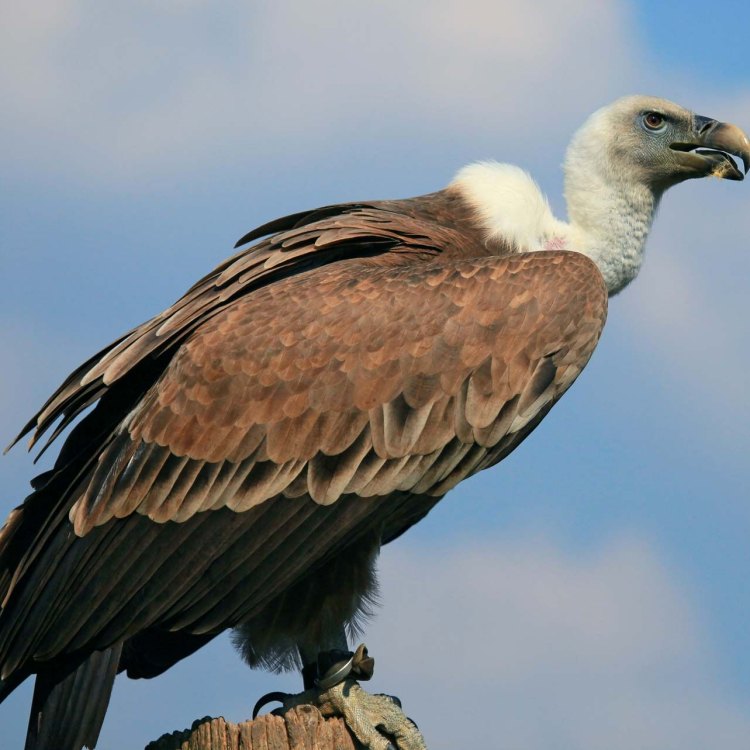
Vulture
Animal Details Vulture - Scientific Name: Cathartidae
- Category: Animals V
- Scientific Name: Cathartidae
- Common Name: Vulture
- Kingdom: Animalia
- Phylum: Chordata
- Class: Aves
- Order: Accipitriformes
- Family: Cathartidae
- Habitat: Varies depending on species - open areas, forests, savannahs
- Feeding Method: Carnivorous scavengers
- Geographical Distribution: Found on all continents except Antarctica and Australia
- Country of Origin: Varies depending on species
- Location: Varies depending on species
- Animal Coloration: Most species have black or dark brown feathers
- Body Shape: Large and heavy-bodied
- Length: Varies depending on species, ranging from 50 to 80 inches
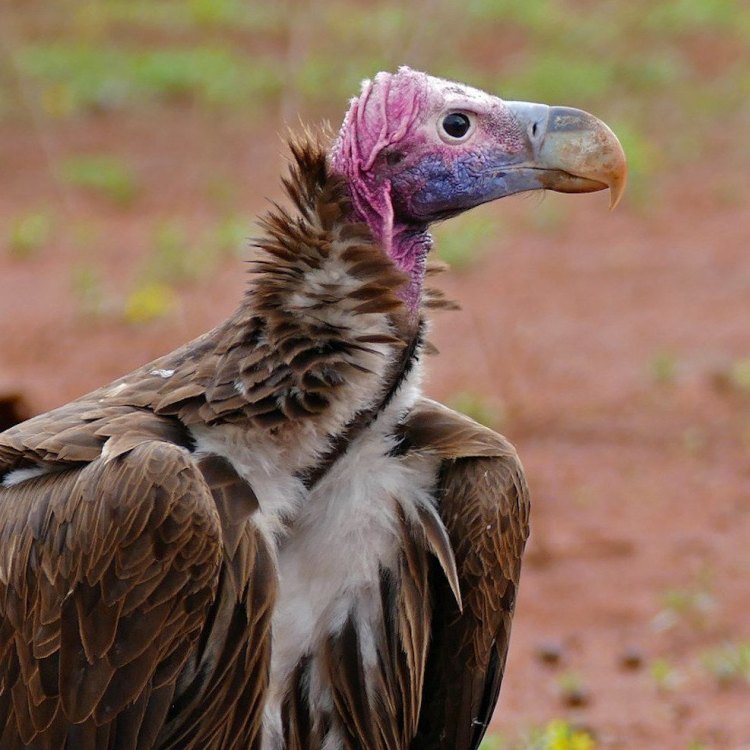
Vulture
- Adult Size: Varies depending on species, ranging from 4 to 25 pounds
- Average Lifespan: Ranges from 15 to 40 years, depending on species
- Reproduction: Sexual
- Reproductive Behavior: Monogamous or polygamous depending on species
- Sound or Call: Various vocalizations including hisses, grunts, and screeches
- Migration Pattern: Some species migrate seasonally
- Social Groups: Often form large communal roosts
- Behavior: Primarily scavengers, feeding on carrion
- Threats: Habitat loss, poisoning, collisions with man-made structures
- Conservation Status: Varies depending on species, some are endangered or threatened
- Impact on Ecosystem: Play an important role in cleaning up carcasses and preventing the spread of disease
- Human Use: Used in some traditional medicine practices, also featured in folklore and mythology
- Distinctive Features: Bald head, hooked beak, keen sense of smell
- Interesting Facts: Vultures are among the few birds that can smell, they often soar in the sky to locate carcasses
- Predator: Few natural predators
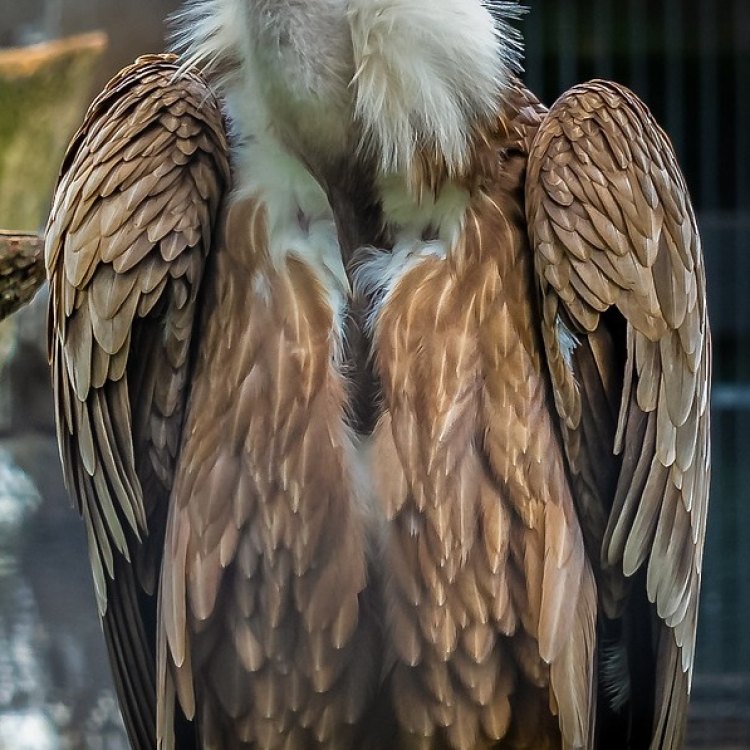
Cathartidae
The Fascinating World of Vultures: Nature's Clean-Up Crew
When we think of vultures, the images that come to mind may not be the most flattering. These large, carrion-eating birds are often associated with death and decay. However, there is much more to these birds than meets the eye. With a diverse range of species inhabiting various parts of the world, vultures play an important role in many ecosystems PeaceOfAnimals.Com. From their unique appearance to their behavior and impact on the environment, let's take a closer look at these misunderstood creatures.The Basics: Size, Lifespan, and Reproduction
Vultures are a diverse group of birds, with over 23 species belonging to the family Accipitridae. From the smallest, the black-shouldered kite, to the largest, the California condor, these birds vary greatly in size. The average adult size of vultures ranges from 4 to 25 pounds, depending on the species.Their lifespan also varies, with the average range being from 15 to 40 years. However, some species, such as the Andean condor, have been known to live up to 75 years in captivity.
As for reproduction, vultures are sexual, with males and females coming together to mate during the breeding season. The reproductive behavior of these birds also varies, with some species being monogamous, while others are polygamous. In monogamous species, the male and female form a pair and remain together for multiple breeding seasons Vampire Crab. In contrast, polygamous species may have multiple mates during the breeding season.
Sounds and Social Behavior
When we think of bird songs, vultures may not be the first that comes to mind. However, these birds are not entirely silent. They communicate through various vocalizations, including hisses, grunts, and screeches.But perhaps the most fascinating aspect of their social behavior is their communal roosts. Vultures often gather in large groups, known as roosts, to rest and socialize before heading out to forage for food. These roosts can consist of hundreds, if not thousands, of vultures, creating an impressive sight.
Behavior and Role in the Ecosystem
Vultures are primarily scavengers, meaning they feed on carrion (dead animals). Their keen sense of smell allows them to locate carcasses from miles away, and they often soar in the sky until they find their next meal. This behavior has earned them the nickname "nature's clean-up crew," as they play a crucial role in keeping ecosystems healthy.By consuming carrion, vultures prevent the spread of diseases, such as anthrax and botulism, which can be harmful to other animals and even humans. Their efficient and rapid consumption of carrion also reduces the risk of other scavengers, such as rats and feral dogs, becoming vectors for these diseases.
Threats and Conservation Status
Unfortunately, vultures face numerous threats in the wild. Habitat loss and fragmentation due to human activities, such as deforestation and pollution, have greatly impacted their populations. Poisoning is another significant threat, with vultures often consuming carcasses laced with harmful chemicals intended to kill predators or pests.Collisions with man-made structures, such as power lines and wind turbines, also pose a threat to these birds. As they often soar at high altitudes, vultures can collide with these structures, resulting in injury or death.
The conservation status of vulture species varies, with some being endangered or threatened, while others are stable. For example, the California condor, which once faced extinction, has made a comeback thanks to conservation efforts. However, the Egyptian vulture is critically endangered, with only an estimated 7,000 individuals left in the wild.
Human Use and Cultural Significance
Vultures are not only important in the ecosystem but also have cultural significance. In some traditional medicine practices, different parts of vultures, such as their feathers, are used for various ailments. However, this has resulted in illegal poaching and trade of these birds, further harming their already fragile populations.These birds also have a place in folklore and mythology, with various cultures depicting them as symbols of death, fertility, and even war. In ancient Egypt, vultures were considered sacred and associated with the goddess Nekhbet. In Hinduism, they are depicted as the companions of the deity Shiva, while in Norse mythology, Odin is often accompanied by two ravens, which are closely related to vultures.
Distinctive Features and Fun Facts
One of the first things we notice about vultures is their distinctive appearance. They have a bald head, which is crucial for practical reasons. When feeding on carrion, they often stick their heads into the carcass, and their bald head allows for easier clean-up after. Their hooked beak is also an important tool for tearing through tough animal hides.Another fascinating fact about vultures is that they are among the few bird species that can smell. While most birds rely on their keen eyesight, vultures have a highly developed sense of smell, allowing them to locate food even when it's hidden. This is especially useful in dense forests or areas with low visibility.
Natural Predators and Threats
Due to their size and impressive flight abilities, few animals pose a threat to vultures. In some areas, large predators, such as lions and hyenas, may compete with vultures for carcasses, but they don't actively hunt them. Young vultures may fall prey to predators such as eagles or other birds of prey, but adult vultures are rarely targeted.However, the biggest threats to vultures come from human activities, as mentioned earlier. It's essential to raise awareness and take action to protect these birds and their habitats, as their decline could have significant impacts on the environment.
In Conclusion
Vultures may not be the most glamorous or popular bird species, but they play a crucial role in maintaining the health and balance of ecosystems. From their unique characteristics to their behavior and cultural significance, there is much to be learned and appreciated about these birds. It's up to us to take action and ensure their survival for generations to come. So next time you see a vulture soaring in the sky, remember its essential role as nature's clean-up crew.
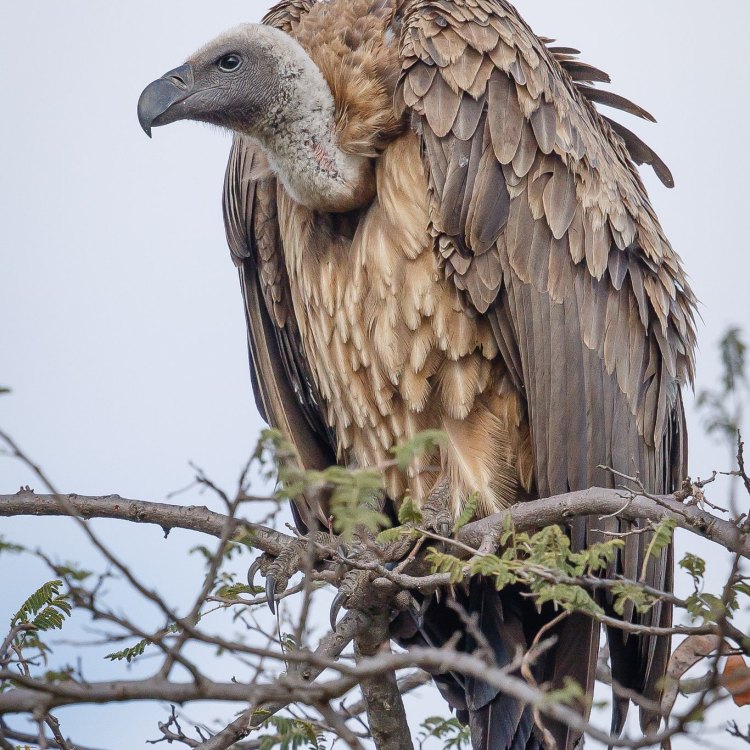
The Vulture: Nature's Unsung Cleaner
Disclaimer: The content provided is for informational purposes only. We cannot guarantee the accuracy of the information on this page 100%. All information provided here may change without prior notice.

